"It might be difficult at first – all things new and different are. The newfound energy and zest for life that you will get will be worth it." My name is Rebecca Evans, I am 23-years-old and I live in Perth, Western Australia. I was born with a rare neuromuscular condition called Nemaline Myopathy (NM). For me, my disability results in globalised skeletal muscle weakness, but particularly affects my face, neck and proximal muscles – including those of the respiratory system. My hypotonia was evident from birth but was often blamed on other factors. My weak suck was attributed to being born six weeks premature, and my parents were once told my lack of independent movement was due to being a twin – “they don’t need to move!” Two (often) tell-tale signs of NM are having an elongated face and high roof to the mouth. However, two and two weren’t put together, resulting in a delayed diagnosis. It wasn’t until an experienced neurologist saw me at 18 months that I was given a provisional diagnosis of NM. This was later confirmed through muscle biopsy at three years of age and identified as the NEB form of NM through genetic testing at age 16. Due to this delayed diagnosis, I did not have a sleep study until I was three. This was when it was discovered that during sleep, my carbon dioxide levels rose to dangerously high levels. It was here that I was placed on a non-invasive ventilator, or Bi-PAP, overnight. I will always remember many years later, my mum recounting that before being placed on Bi-PAP my twin and I were very placid, easy kids. As a baby I would sleep through the night (likely because I was going into respiratory failure every night). Now that we had energy, we suddenly started having instances of fighting and causing trouble. Mum (sarcastically) wanted those ventilators taken back! Over time my lung function has decreased, and this has resulted in increased use of ventilation. Although NM is not said to be a condition which cause muscle deterioration, growth is typically correlated with an inability for the muscles to keep up, resulting in reduced strength. This, combined with my severe scoliosis and (as you will read below) my increasingly active lifestyle, likely contributed to my increasing dependence. I now use a Bi-PAP (or VPAP, as commonly referred to in Australia) almost 24/7 through a nasal pillows mask during the day and a nasal mask at night. So, how about this active lifestyle that I referenced above? I am currently studying for a Bachelor of Psychology (Honours) through Curtin University and am due to graduate at the end of this year (2021). This year I’ll be undertaking my honours dissertation through the Telethon Kids Institute where I’ll be investigating the preferences towards identify-first (e.g., disabled person) versus person-first (e.g., person with a disability) language. I hope to use my studies to help people with disabilities, so am very ecstatic to have this topic as my research project! Outside of study, I also volunteer as the Managing Director and Executive Chair for the Youth Disability Advocacy Network (or YDAN for short). YDAN is the leading advocacy organisation and the peak representative body in Western Australia for young people with disabilities. We are an organisation run by and for disabled young people. I thoroughly enjoy advocating for the rights and inclusion of people with disabilities. I have taken a particular interest in advocating for increased access for wheelchair users at concerts. We deserve to have the same access to fun and engagement as everyone else! This passion has seen me secure amazing seats for artists like Katy Perry and Taylor Swift. Unfortunately, this has been put on hold due to COVID preventing international acts from touring, but I hope to be back to advocating for access and attending concerts very soon! My biggest passion in life is powerchair football. For those who don’t know, powerchair football is (in a nutshell) soccer for athletes who use power wheelchairs. Having started playing in mid-2017, I soon found something that gave me an avenue for my competitive spirit, which I was able to compete in independently, and where I was able to meet people who I would now call some of my closest friends. Now some three and half years on, powerchair football has provided me with so many amazing opportunities. I’ve had the opportunity to meet athletes from across Australia (many who also have a neuromuscular condition), connected online with athletes from around the world, competed in national tournaments, and even competed for Australia as the Vice-Captain of the U21 team. With the Powerchair Football World Cup coming up in 2022, I’ve also been selected to try out for the open Australian team. To play for Australia at a World Cup would be a dream come true – so watch this space! Outside of all that, I also recently secured two paid casual jobs. The first as a Lived Experience Associate for the Housing Hub, where I use my lived experience of disability and finding accessible housing to contribute to their work, events, and projects. The second as a Youth Consultant with the Youth Affairs Council of Western Australia, assisting organisations with youth-related projects such as strategies and peer-led work.
Phew, exhausted yet? I can honestly say, everything that I do would not be possible if I did not use my BiPAP as much as I do. During high school, I did not use my BiPAP for most of the day. Particularly towards the later years, this would leave me exhausted with a migraine-type headache and no energy to do anything but complete my high school studies. Using ventilation is the reason I can lead such an active and fulfilling life. Instead of expending energy on purely just breathing, my energy can be spent on other things that are more fun and important! I am fortunate that I started on ventilation early, so I do not remember the adjustment period that followed. It’s just something that has always been a part of my life in some form or another. To those reading this who have just started on their ventilation journey, I’d highly recommend persisting. It might be difficult at first – all things new and different are. The newfound energy and zest for life that you will get will be worth it. The medical professionals often tell us that using ventilation (particularly when that transfers to also using ventilation during the day) is all doom and gloom. It’s too hard, too complicated, not healthy. However, that is absolutely not the case. As I hope I have demonstrated to you with this blog post, ventilation absolutely leads people to live healthier, happier, and fuller lives! If you want to connect with me or follow my journey, please find me on social media! Facebook: https://www.facebook.com/bec.l.evans Instagram: https://www.instagram.com/bec_l_evans/
valentin
3/18/2021 05:40:52 pm
thank you very much rebecca, sharing your experiences with us is very much appreciated. we were thrilled to read your lines and have learned a lot from your suggestions, thus allowing us to do our best to support our son who has pretty much the same nm type as you do.
Barbara
3/19/2021 12:00:25 am
Thank you very much for sharing such a interesting experience about breathing support. I have a baby with NM and I'm learning as much as I can from people with same disability.
Lucinda
4/2/2021 10:20:07 pm
Thank you for sharing your story! Comments are closed.
|
AboutLiving Ventilated celebrates those in the NMD community who use assisted ventilation. Archives
August 2024
Categories |
Note: This website should not be used as a substitute for medical care. For medical care or advice, please seek the care of a clinician who specializes in the breathing issues of those with Neuromuscular Disease (NMD).
Web Hosting by Hostgator
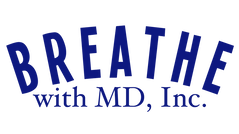
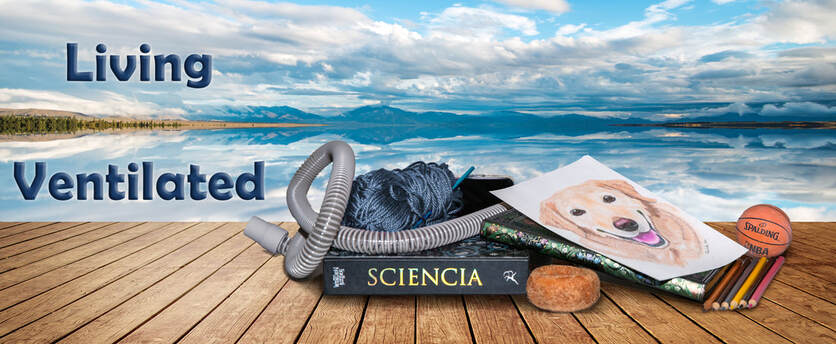
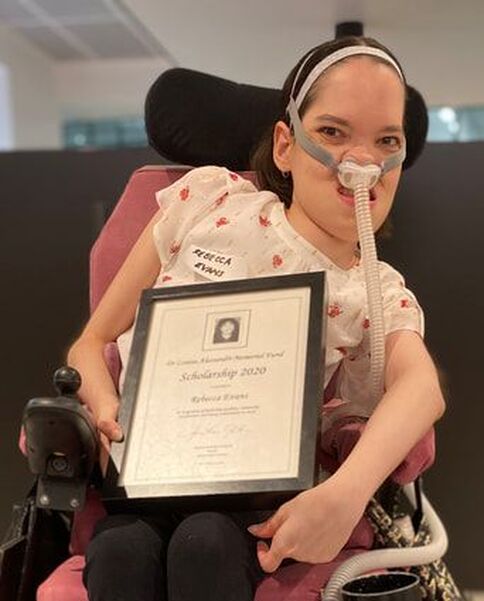
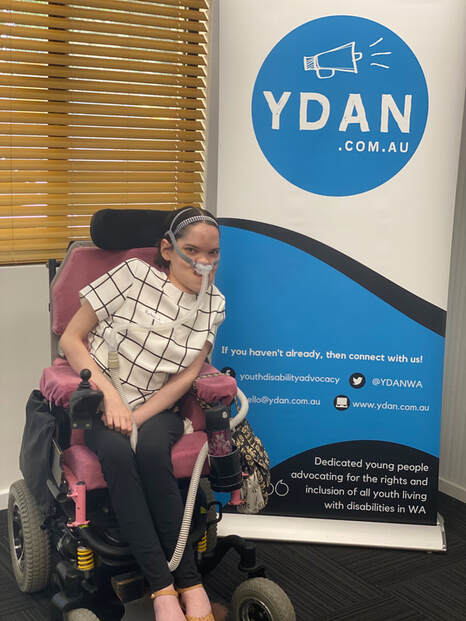
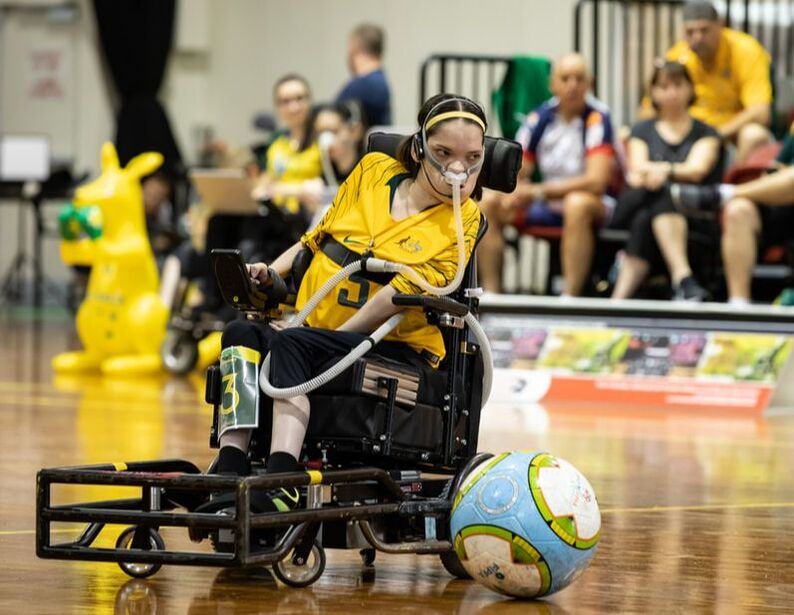
 RSS Feed
RSS Feed